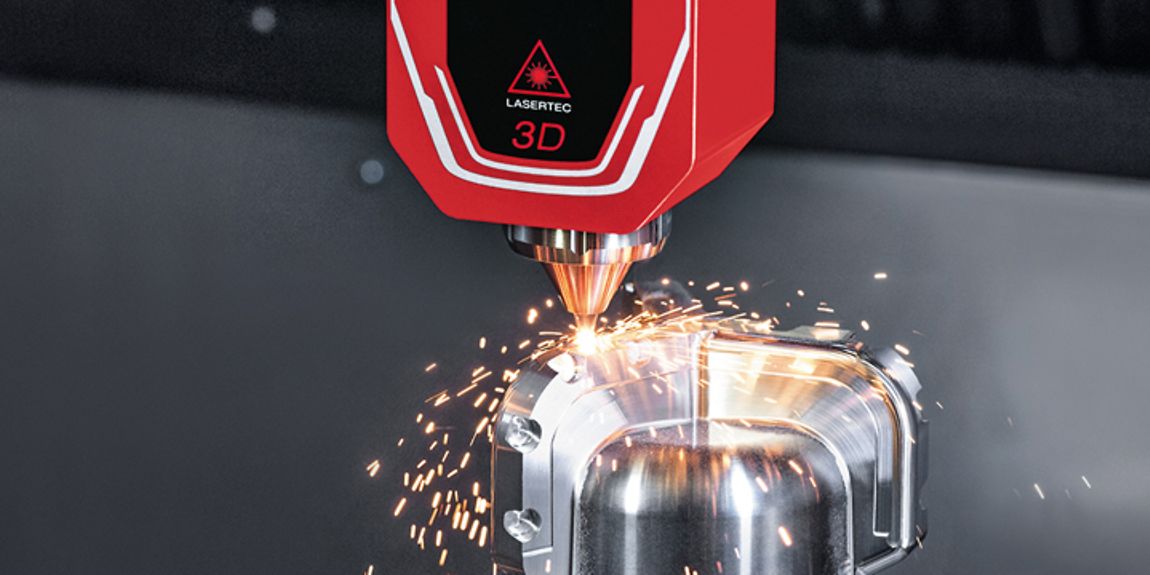

Stated Dr Curtis: “It is clear that additive and subtractive technology is good for non-critical parts. The integrity of the parts produced will also be investigated, down to the micro structure level, as will repeatability to see if the process is good enough for critical components. The opportunity to investigate cladding and laser treatment will also be explored.

It will look at options such as growing features onto a base component or starting from zero, and aspects of sequential additive and subtractive manufacture and the capability that this will enable. Added Dr Curtis: “There is a growing interest in this emerging technology across UK based manufacturers and we partner with other centres across the UK that are investigating disruptive technology and metallurgy.” The objective of the research is to understand the capability of the process and develop it to a higher technology readiness level. They regard it as a key disruptive technology which will offer a step change in the way in which products are made. There is little doubt that as the technology develops we will see wider applications.” Research is led by partners within industry that are looking at additive and subtractive technology. A range of parts are already 3D printed, but our investigations are focussed towards overcoming the limitations presented by the maturity of some of the processes to broaden their scope of application. Dr David Curtis of the AMRC explained: “There is a big push in the application of 3D printing technology for components across different industrial sectors.


 0 kommentar(er)
0 kommentar(er)
